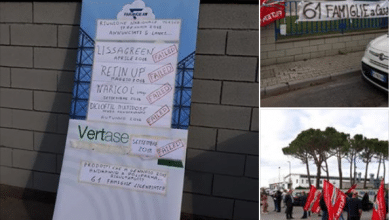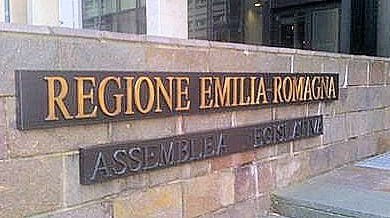
Of Chiara Daina | 30 May 2014 The Fact Chronicle
Memory has short legs. Given that it is dutiful and right the request for compensation of 1.2 billion euros by the Ministry of Health from the Swiss companies Roche and Novartis due to the damage caused to the national health system, it cannot be said that the problem of speculation by pharmaceutical companies on the health of citizens has been solved. And it certainly won't even be a fine from the Antitrust (the 180 million euro one that the two Swiss giants got themselves last March) to prevent Big Pharma from continuing to profit from people's lives and deaths. It didn't help fine Pfizer 10.6 million euros in 2012 for having created the monopoly of latanoprost, the molecule for the treatment of glaucoma. Nor to force the American company to compensate the Italian state by paying out 14 million euros. Also useless US fine imposed $2.3 billion in 2009 for Bextra, an anti-inflammatory, which was later withdrawn from the market. A series of other stratospheric fines have been worth very little: the one from $1.4 billion to Eli Lilly for having illegally marketed an antipsychotic, Zyprexa, with harmful effects (2009); the one from $950 million to Merck for Vioxx, an anti-inflammatory with side effects on the heart (2011); from 1.6 billion to Abbott for the unauthorized use of Depakote on patients with senile dementia and schizophrenia (2012); the one from three billion to Glaxo Smith Kline for antidepressants these are also not authorized by the Food and Drug Administration (2012). Just to name a few examples.
We need to act at the root of the problem. When a life-saving drug has a prohibitive cost, the question to ask is not how to punish the manufacturing company but with what criterion the price of the drug is constructed. That is, the question is upstream. In Italy it works like this: since 1998 the price of an innovative drug (reimbursed by the NHS) is assigned according to its therapeutic value, and not by its industrial value, and since 2004 this has been done for all drugs. The pharmaceutical companies set the price and Aifa takes it or leaves it, and it is difficult to negotiate. So the real paradox is that the waste of public money or even the inaccessibility of the molecule caused by exorbitant costs is legal. The most recent case is represented by the new antiviral against hepatitis C, Sovaldi (Sofosbuvir is the active ingredient) from Gilead Sciences. Cost: 50,000 euros for the 12 weeks of planned therapy. Considering that in Italy there are from 300 to 500 thousand patients, the expenditure to be paid by the State would be around 25 billion euros. Basically, all those that are used today for the entire pharmaceutical expenditure. After protests from patient associations, AIFA has promised to negotiate the price with the pharmaceutical industry. The battle of oncologists from all over the world against the price of Glivec, Novartis' antileukemic, has remained silent. Cost: $30,000 per patient for one year of treatment.
The exasperated upward race in prices is unsustainable. If every time an anticancer drug or a life-saving drug is discovered, the NHS has to pay crazy sums, it will no longer be able to guarantee citizens' right to health. What would happen instead if the price was determined by production costs and nothing else? Maybe it would cost at least half.
We should all watch Fire in the blood, the documentary by Indian director Dylan Gray on the ten million deaths in Africa from AIDS due to the high cost of Diflucan ($15,000 per person per year), the Pfizer drug could have saved their lives. But the company, strengthened by the complicity of the US government and the WHO, has never given a discount to those who could not afford it. If today in the black continent less people die from the HIV virus it is thanks to the Indian company Cipla which has produced the same molecule at an affordable price. We could be the next Third World.





